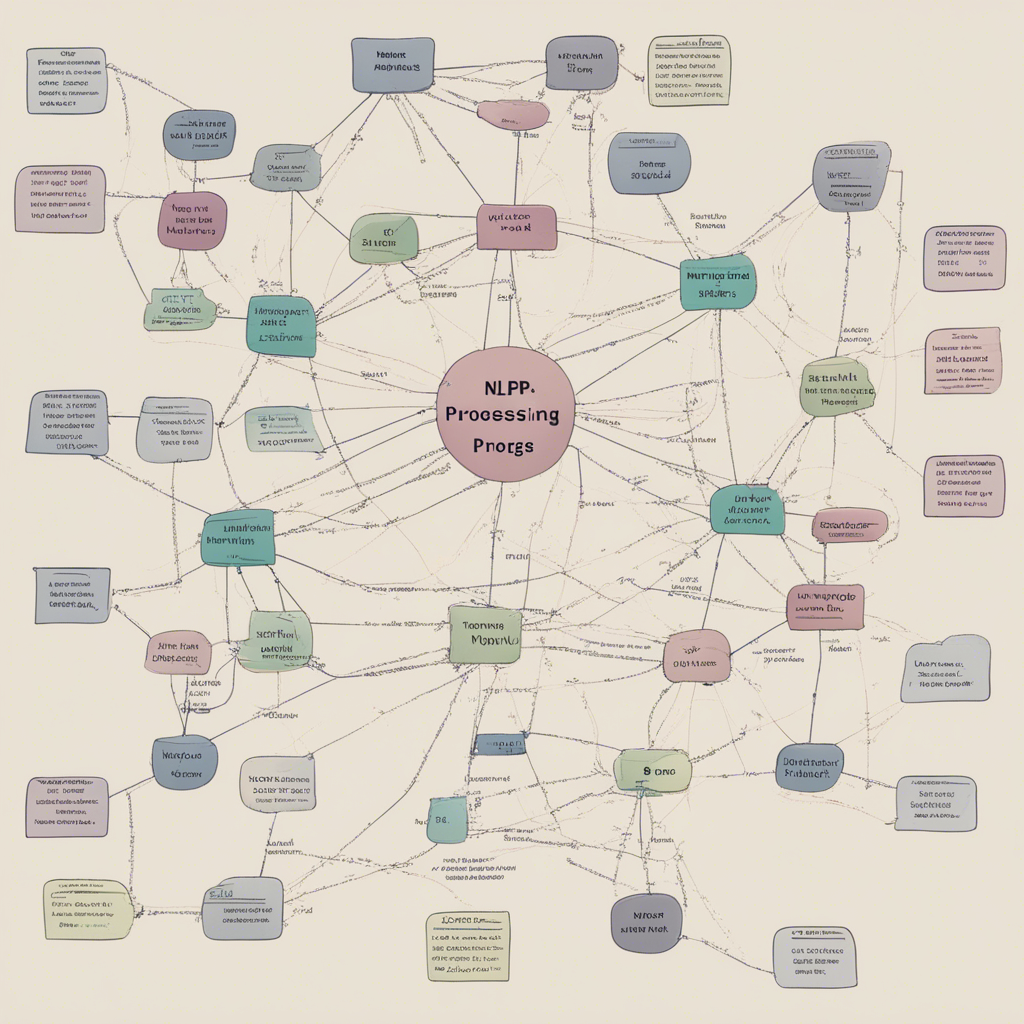
Hyperparameter Tuning for ML Models: A Comprehensive Guide
Machine learning models have revolutionized numerous industries, from healthcare to finance and beyond. However, a crucial aspect in achieving optimal performance with these models lies in hyperparameter tuning. In this comprehensive guide, we will delve into the importance of hyperparameter tuning, explore various techniques, and provide practical insights to help you optimize your own ML models.
Table of Contents
- Introduction
- Understanding Hyperparameters
- The Impact of Hyperparameters on Model Performance
- Techniques for Hyperparameter Tuning
- Grid Search
- Random Search
- Bayesian Optimization
- Genetic Algorithms
- Best Practices for Hyperparameter Tuning
- Defining a Search Space
- Evaluating Performance
- Balancing Exploration and Exploitation
- Ensuring Reproducibility
- Tools and Resources for Hyperparameter Optimization
- Case Studies of Successful Hyperparameter Tuning
- Conclusion
1. Introduction
Machine learning models rely on hyperparameters, which are external configuration settings that determine the behavior and performance of the model. These parameters cannot be learned directly from the data and need to be defined prior to training the model. Hyperparameter tuning is the process of finding the optimal values for these parameters to achieve the best possible model performance.
2. Understanding Hyperparameters
Hyperparameters can vary depending on the type of ML model being used. For example, in a support vector machine (SVM), hyperparameters include the regularization parameter (C) and the choice of kernel. In a neural network, hyperparameters might include the learning rate, the number of hidden layers, and the activation functions.
3. The Impact of Hyperparameters on Model Performance
Choosing appropriate hyperparameters can significantly impact the performance of ML models, often making the difference between a model that produces accurate predictions and one that performs poorly. Poorly chosen hyperparameters can lead to overfitting or underfitting, which can harm the model’s generalization ability.
4. Techniques for Hyperparameter Tuning
Grid Search
Grid search is a simple yet effective method for hyperparameter tuning. It involves defining a grid of possible hyperparameter values and evaluating the model’s performance for each possible combination. The combination that results in the best performance is chosen as the optimal set of hyperparameters.
from sklearn.model_selection import GridSearchCV
from sklearn.svm import SVC
param_grid = {'C': [0.1, 1, 10], 'kernel': ['linear', 'rbf']}
model = SVC()
grid_search = GridSearchCV(model, param_grid, cv=5)
grid_search.fit(X_train, y_train)
Random Search
Random search takes a different approach by randomly sampling from a given range of hyperparameter values. This approach is useful when the search space is large and expensive to explore exhaustively. By randomly sampling, we can cover potentially important regions of the search space.
from sklearn.model_selection import RandomizedSearchCV
from sklearn.ensemble import RandomForestClassifier
param_dist = {'n_estimators': [100, 200, 500], 'max_features': ['auto', 'sqrt']}
model = RandomForestClassifier()
random_search = RandomizedSearchCV(model, param_dist, cv=5)
random_search.fit(X_train, y_train)
Bayesian Optimization
Bayesian optimization is a sequential model-based optimization technique that aims to find the global optimum with as few iterations as possible. It builds a probabilistic surrogate model of the objective function and chooses the next hyperparameters to evaluate based on an acquisition function that balances exploration and exploitation.
Genetic Algorithms
Genetic algorithms mimic the process of natural selection to find the optimal set of hyperparameters. It utilizes techniques such as mutation, crossover, and selection to simulate evolution over multiple generations. Genetic algorithms are useful when dealing with a large search space and can efficiently explore various combinations of hyperparameters.
5. Best Practices for Hyperparameter Tuning
To achieve effective hyperparameter tuning, it’s essential to follow some best practices:
-
Define a Search Space: Determine the range or set of values each hyperparameter can take. This helps limit the search to meaningful values, avoids unrealistic combinations, and speeds up the tuning process.
-
Evaluating Performance: Utilize appropriate evaluation metrics to understand the impact of different hyperparameters on the model’s performance. Cross-validation can provide a reliable estimate of the model’s generalization ability while minimizing overfitting.
-
Balancing Exploration and Exploitation: Ensure a trade-off between exploring new hyperparameter combinations and exploiting the promising ones. This balance helps avoid getting stuck in suboptimal parameter values or wasting computational resources on unfruitful combinations.
-
Ensuring Reproducibility: Set a random seed to make the tuning process reproducible. This ensures that the same set of hyperparameters can be obtained if the tuning process is rerun.
6. Tools and Resources for Hyperparameter Optimization
Numerous tools and libraries are available to assist in hyperparameter optimization. Some popular ones include:
-
Scikit-learn: A widely-used, open-source ML library that provides powerful tools for hyperparameter optimization, such as
GridSearchCVandRandomizedSearchCV. -
Optuna: A lightweight hyperparameter optimization library that utilizes the Optuna framework for automated tuning of ML models. It supports various optimization algorithms and integrates with popular ML libraries.
-
TensorFlow Extended (TFX): A comprehensive ML platform by Google that includes tools for hyperparameter tuning, such as
TFX Tuner, which leverages Google’s Vizier technology. -
AutoML: Automated machine learning platforms, such as Google AutoML, H2O.ai, and Auto-sklearn, provide end-to-end solutions for hyperparameter optimization along with other ML tasks.
7. Case Studies of Successful Hyperparameter Tuning
To gain practical insights into hyperparameter tuning, let’s explore a couple of case studies:
-
Case Study 1: Hyperparameter tuning of a convolutional neural network (CNN) for image classification using grid search. We will explore the impact of different learning rates, dropout rates, and batch sizes on CNN performance.
-
Case Study 2: Hyperparameter tuning of a gradient boosting model for predicting customer churn using Bayesian optimization. We will investigate the optimal number of trees, maximum depth, and learning rate for the model.
In both case studies, we will analyze the effect of hyperparameter tuning on model performance using appropriate evaluation metrics and visualizations.
8. Conclusion
Hyperparameter tuning plays a vital role in optimizing the performance of machine learning models. By carefully selecting and optimizing hyperparameters, you can improve the accuracy, robustness, and generalization ability of your models. In this comprehensive guide, we have explored various techniques, best practices, tools, and case studies that will empower you to effectively tune hyperparameters and unleash the full potential of your ML models.
Remember, hyperparameter tuning is an iterative process, and continuous experimentation is key to achieving the best possible results.






